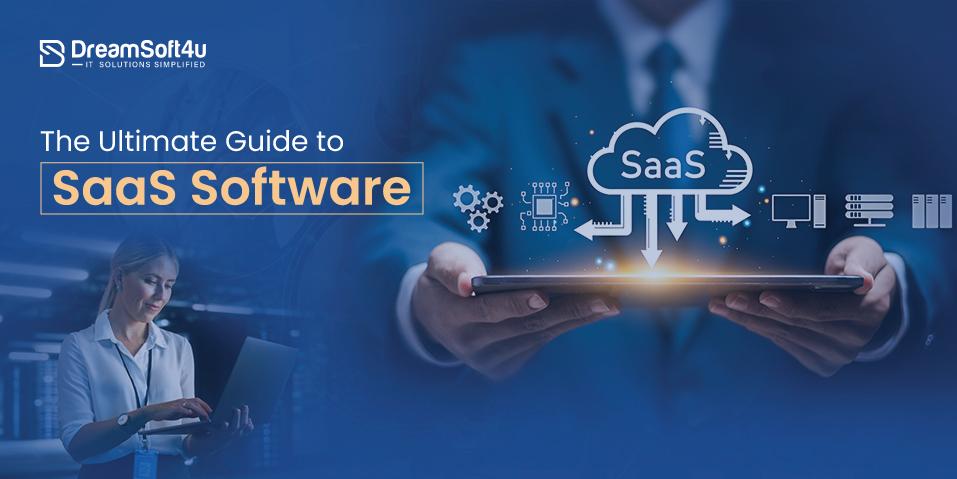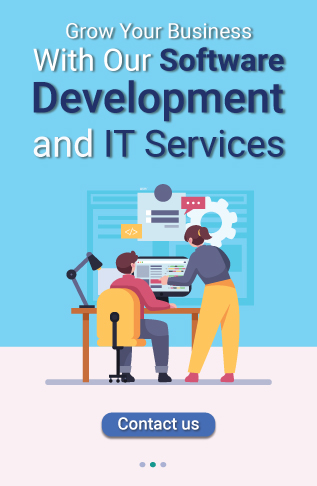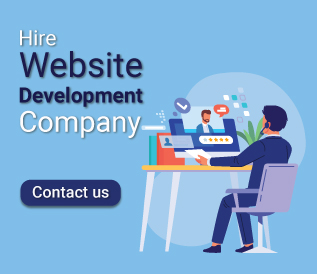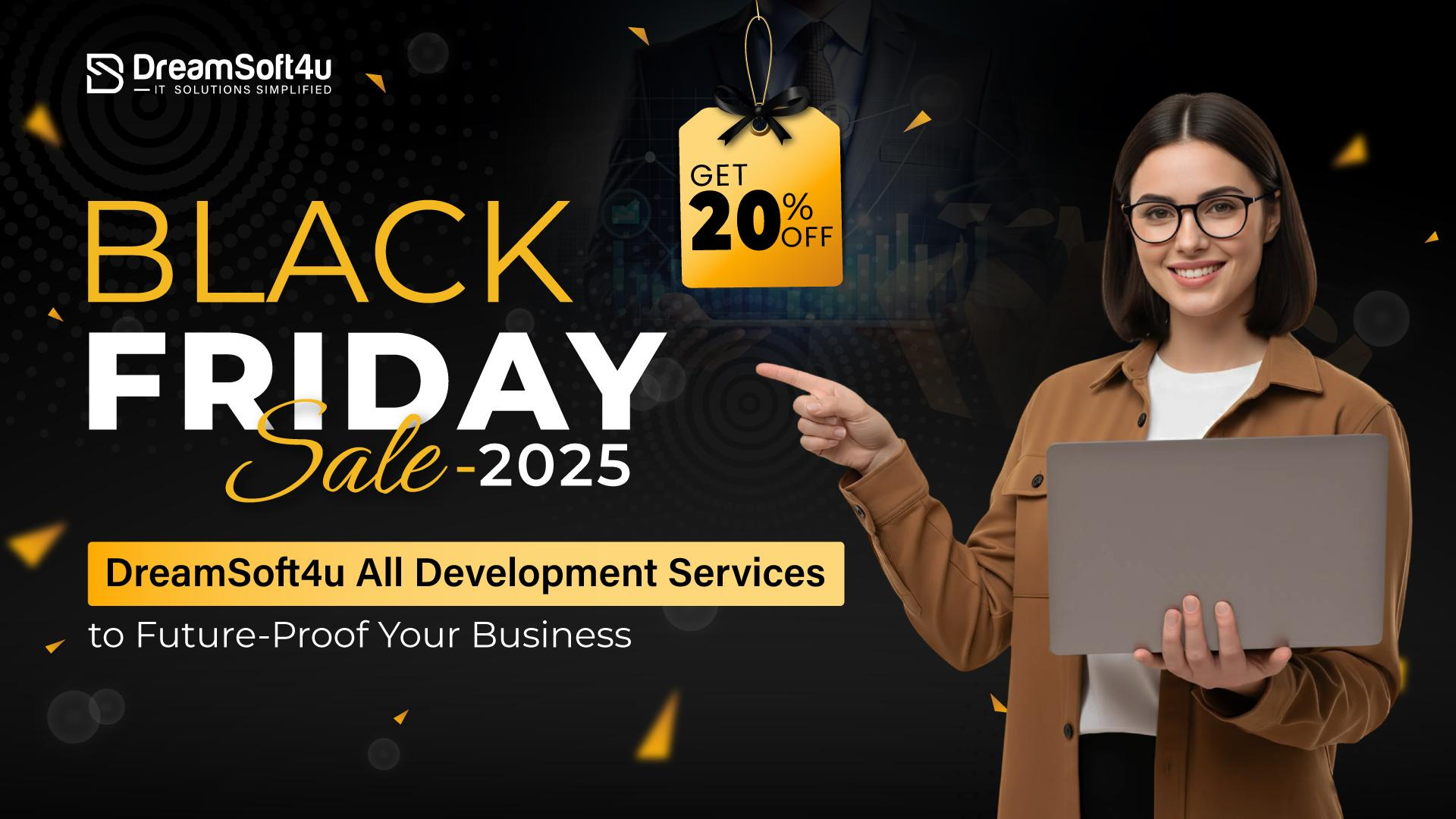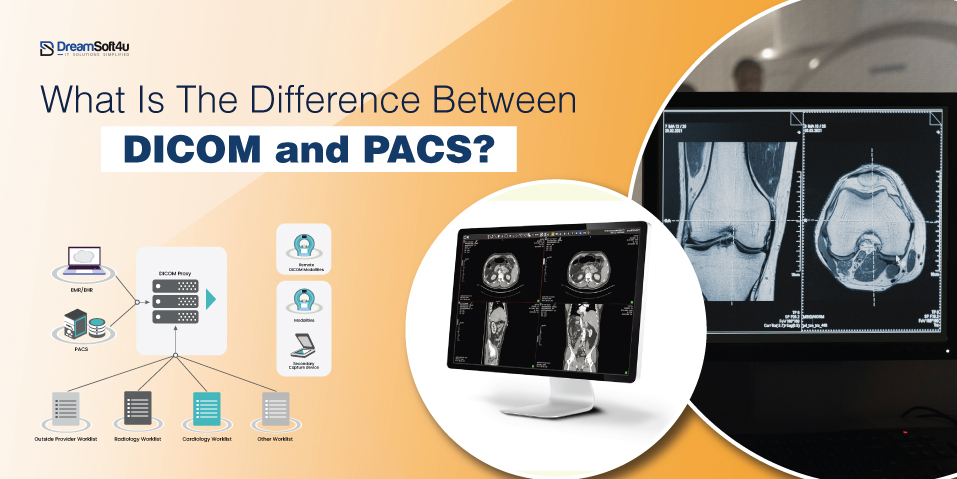The way organizations function these days has been totally revolutionized by Software as a Service (SaaS). It’s similar to having solutions and tools that can be bent and adjusted precisely to match the requirements of your business. When you work with SaaS it reduces the extra costs without incurring high upfront fees at the beginning of business. Therefore you need best software development services that can develop a SaaS based platfrom for your company.
Recently, SaaS is being used by a wide range of businesses due to its adaptability. From startup business to well established top companies, everyone is relying on SaaS due to his efficiency and excellent outcome. Moreover, companies believe that reducing expenses and not the ultimate way, but to increase productivity can help them grow their business. We’ll cover every aspect of SaaS in this blog, including its benefits, drawbacks, how to choose the best supplier, and how to incorporate it into your company’s operations with ease.
Table of Contents
ToggleWhat is SaaS?
SaaS or Software as a Service is a software distribution model where applications are hosted by a service provider. The provider makes this application available to customers over the Internet. Unlike traditional software that requires installation on individual computers or servers, SaaS applications are accessed via web browsers. It makes them more accessible from anywhere with an internet connection. Additionally, it enhances the convenience to the customers as they can use top-end software directly through the browser without installing it.
How SaaS Differs From Traditional Software
Traditionally, using software involves a physical purchase and installation process. Users would buy a boxed copy and install it on their computers. After that user will receive updates at the software company’s discretion. Today, Software as a Service (SaaS) offers a more streamlined approach. SaaS applications are accessible online and eliminate the need for physical installations. Additionally, updates are automatic, ensuring users always have the latest version available. This simplifies software management and streamlines workflows for businesses. So, a top Web App Development company can build abest Saas software for your buisness.
Examples of Popular SaaS Applications
- Salesforce: Customer relationship management (CRM) platform
- Microsoft 365: Office productivity suite
- Google Workspace: Collaboration and productivity tools
- Slack: Communication and collaboration platform
- Zoom: Video conferencing and online meetings
Benefits of SaaS
1. Cost-Effectiveness
One of the most significant advantages of SaaS is its cost-effectiveness. At the same time, some users pay hefty amounts of fees for software licenses and hardware. In contrast businesses can take subscriptions to SaaS applications for an affordable monthly or annual fee. This payment system reduces financial risk and makes it easier for companies to budget for their software needs.
2. Scalability
SaaS products are highly scalable and allow businesses to improve their efficiency in the competitive market. In certain scenarios, if a business or a company is unable to pay the current subscription amount, then it can degrade it as needed. Overall, it doesn’t matter whether you are a start-up or a top business brand owner can provide their service through SaaS effectively. So, if you want to scale your business on a global platform, then SaaS is your ultimate business partner to leverage the customers through websites and other platforms.
3. Accessibility
SaaS revolutionizes accessibility for geographically dispersed teams. By leveraging cloud-based infrastructure, SaaS applications are readily available from any internet-enabled device. It eliminates the restriction of traditional software installations. As an outcome, SaaS empowers remote employees to collaborate seamlessly in real time. It creates a dynamic and productive work environment regardless of physical location. SaaS effectively removes geographical barriers that enable teams to work together as a cohesive unit.
4. Automatic Updates and Maintenance
Software updates automatically update, and maintenance have become the cornerstone of a streamlined user experience. This functionality ensures applications remain perpetually current, equipped with the latest features and, crucially, the most robust security patches. By automating the download and installation process in the background, users are liberated from technical interruptions, empowering them to focus on core functionalities. Automatic updates and maintenance represent a paradigm shift, fostering a secure and user-centric software environment.
5. Integration and Compatibility
SaaS boasts seamless collaboration through integration and compatibility. Imagine your favorite apps working as one, sharing data and tasks effortlessly. It eliminates juggling apps and duplicate work. These “talking” tools streamline workflows, creating a central hub for your work. Efficiency soars as tasks are automated, and data entry is minimized. SaaS integration unlocks a new level of productivity and empowers you to work smarter, not harder.
Challenges of SaaS
1. Security and Privacy Concerns
Security and privacy are top concerns with SaaS. While providers invest heavily in safeguarding data, the cloud environment inherently carries some risk. Businesses must be vigilant in choosing providers. Look for those with a strong track record of security measures like encryption and compliance certifications. It demonstrates their commitment to data protection. By carefully selecting a reputable SaaS vendor, investors can leverage the benefits of cloud-based software with peace of mind.
2. Internet Dependency
Unquestionably, SaaS is dependent on an accurate online connection to work. Workflows can be disrupted by interruptions or limited access since certain programs do not have strong offline capability. Even though relying on the Internet might be problematic, especially for enterprises in distant areas, companies can still benefit from SaaS by carefully considering Internet accessibility and potential outages. By being proactive, we reduce risks and guarantee a seamless SaaS experience.
3. Limited Customization
Software as a Service (SaaS) applications offer widespread accessibility and ease of use. They are designed for a broad audience and can present limitations for specific business needs. SaaS platforms often prioritize out-of-the-box functionality and user-friendly features that potentially restrict the level of customization available. It can be a challenge for organizations with highly specialized workflows or unique data requirements. At the same time, some SaaS providers offer configurable settings and features.
4. Data Migration Issues
Data Migration Issues The process of moving your data to a new SaaS platform might be difficult. Large-scale information extraction and transfer can be difficult and time-consuming. Additionally, there’s a chance that the new system won’t be able to comprehend the format or organization of your current data due to data incompatibility. It may result in mistakes and discrepancies, necessitating more purification and adjustment before it is fit for use. The indisputable advantage of SaaS is that seamless data movement procedure is essential to a successful conversion.
DreamSoft4u Since 2003
Get your free quote by the top professionals.
Choosing the Right SaaS Provider
Factors to Consider
When selecting a SaaS provider, consider several key factors. First, look at security. The web application development company must integrate strong security measures like data encryption, multi-factor authentication, and compliance, which should follow standards such as GDPR and HIPAA. Next, evaluate customer support.
Check the quality and availability of support, including response times and support channels. Then, think about scalability. Choose a provider that can grow with your business and handle increasing demands. Also, consider reliability. Look for providers with high uptime guarantees and a good track record. Finally, assess integration. Make sure the SaaS application can easily integrate with your existing systems and workflows.
How to Evaluate Potential Providers
Research is crucial when selecting a SaaS provider. Start by reading reviews, case studies, and testimonials from other customers. It will help you understand the provider’s reputation and reliability. Next, take advantage of free trials or demo versions. It lets you test the software’s functionality and ease of use. Additionally, contact the provider directly.
Now, it’s necessary to request detailed information on features, pricing, and support options. This will give you a clear picture of what the provider offers. This thorough approach helps ensure you choose a provider that meets your business needs and offers a reliable, user-friendly solution.
Common Mistakes to Avoid
- Overlooking Security: Neglecting to evaluate a provider’s security measures thoroughly can lead to data breaches and compliance issues.
- Ignoring Scalability: Failing to consider future growth can result in outgrowing the software and needing to switch providers.
- Not Involving Stakeholders: Excluding key stakeholders from the decision-making process can lead to choosing a solution that only meets some business needs.
Why Should a SaaS Product be Designed?
The following benefits show why the construction of a SaaS product is a better choice than the construction of conventional software:
- Since piracy of cloud-based software is not very easy, SaaS helps businesses reduce the piracy of their software.
- SaaS products are optional to make investments in heavy hardware infrastructure.
- Maintaining a centralized platform such as SaaS is simpler and more affordable than most conventional desktop software.
- Offering updates and extended services to consumers of your SaaS products is also simpler. So you can quickly scale and raise your revenue with SaaS applications.
- SaaS provides a wider user base, and because it is simple to access from any device, it appeals to users more.
Implementing SaaS in Your Business
Planning and Strategy
Start with careful planning and a clear strategy. Identify your business needs and set specific goals. Create a timeline for deployment. Therefore, it engages stakeholders from different departments to ensure the solution aligns with your objectives.
Data Migration Process
Data migration is crucial. Develop a detailed plan that includes data mapping, validation, and testing. Additionally, it is necessary to work closely with the SaaS provider as they ensure a smooth transition and minimize downtime.
Training and Onboarding
Provide thorough training and onboarding for employees. Please make sure they are comfortable using the new software. Offer resources like tutorials, documentation, and support channels to help users during the transition.
Measuring Success and ROI
Use key performance indicators (KPIs) to measure your level of achievement. Some common examples of KPIs are acceptance rates, increases in productivity, and cost reductions. To determine areas for improvement and evaluate return on investment, check these indicators on a regular basis.
Future Trends in SaaS
AI and Machine Learning Integration
The integration of AI and ML is changing SaaS applications. These technologies offer advanced analytics and predictive insights for automation, making SaaS solutions more functional and valuable.
Increased Customization and Personalization
Businesses want more tailored solutions. So, SaaS providers are offering more customization and personalization options. This trend lets companies adjust applications to fit their unique needs and preferences.
Enhanced Security Measures
Data security is a big concern. SaaS providers are improving their security measures. Currently many users are relying on advanced encryption, zero-trust architectures, and proactive threat detection to protect sensitive information.
The Rise of Micro-SaaS
Micro-SaaS refers to small niche applications. These apps cater to specific needs within a larger market. They are becoming popular because they offer specialized functions without the complexity of larger software suites.
Want to enhance your Business with SaaS Software?
DreamSoft4u, your true business partner.
Conclusion
Business owners may shift the game by investing in SaaS. It provides unparalleled scalability, affordability, and flexibility. SaaS solutions are appealing to both startups and major corporations since they do not require significant upfront investments. With capabilities like sophisticated security, seamless integration, and automated upgrades, SaaS offers a reliable, long-term solution for contemporary company requirements. While security and data migration challenges exist, careful planning and the right provider can mitigate these risks. The rapid advancements in AI integration and the rise of micro-SaaS are set to further enhance the market, offering even greater value and growth potential. Investing in SaaS means supporting a dynamic, essential technology that drives business success.
FAQs
Q1. What is SaaS?
SaaS, or Software as a Service, delivers software applications over the Internet without the need for installation and is accessible via web browsers.
Q2. What are the benefits of SaaS?
SaaS offers cost-effectiveness, scalability, accessibility from anywhere, automatic updates, and seamless integration with existing systems.
Q3. What are the security concerns with SaaS?
Security concerns include data protection in the cloud, requiring strong measures like encryption, multi-factor authentication, and compliance with standards like GDPR and HIPAA.
Q4. How do you choose the right SaaS provider?
Consider factors like security, customer support quality, scalability, reliability, and integration capabilities. Research reviews, test demos, and request detailed information on features and pricing.
Q5. What trends are shaping SaaS?
Trends include AI and ML integration for analytics and automation, enhanced customization, improved security measures, and the rise of micro-SaaS for niche markets, emphasizing innovation and flexibility in software delivery.











